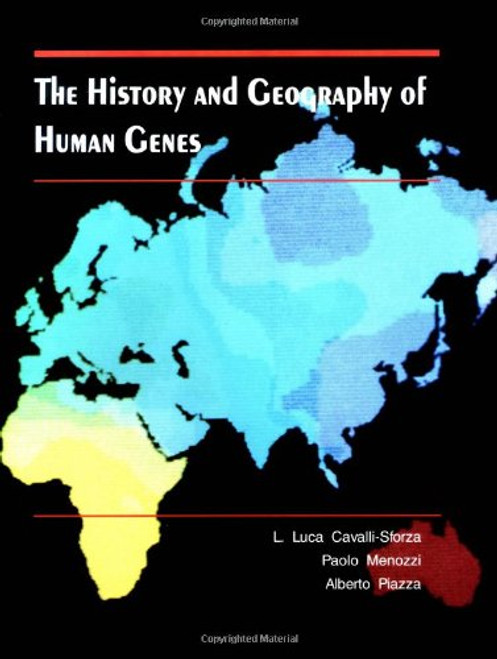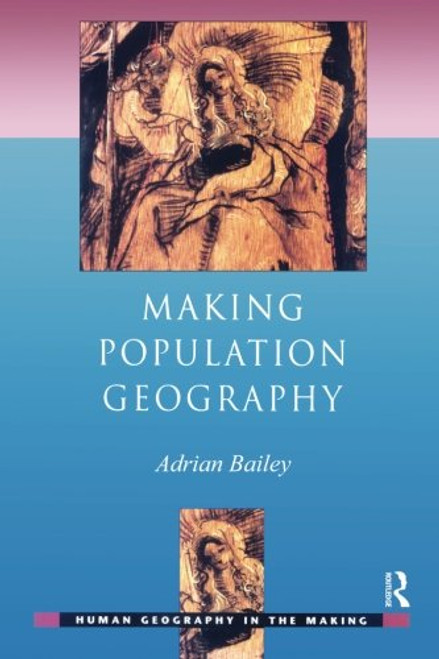L. Luca Cavalli-Sforza and his collaborators Paolo Menozzi and Alberto Piazza have devoted fourteen years to one of the most compelling scientific projects of our time: the reconstruction of where human populations originated and the paths by which they spread throughout the world. In this volume, the culmination of their research, the authors explain their pathbreaking use of genetic data, which they integrate with insights from geography, ecology, archaeology, physical anthropology, and linguistics to create the first full-scale account of human evolution as it occurred across all continents. This interdisciplinary approach enables them to address a wide range of issues that continue to incite debate: the timing of the first appearance of our species, the problem of African origins and the significance of work recently done on mitochondrial DNA and the popular notion of an African Eve, the controversy pertaining to the peopling of the Americas, and the reason for the presence of non-Indo-European languages--Basque, Finnish, and Hungarian--in Europe.
The authors reconstruct the history of our evolution by focusing on genetic divergence among human groups. Using genetic information accumulated over the last fifty years, they examined over 110 different inherited traits, such as blood types, HLA factors, proteins, and DNA markers, in over eighteen hundred, primarily aboriginal, populations. By mapping the worldwide geographic distribution of the genes, the scientists are now able to chart migrations and, in exploring genetic distance, devise a clock by which to date evolutionary history: the longer two populations are separated, the greater their genetic difference should be. This volume highlights the authors' contributions to genetic geography, particularly their technique for making geographic maps of gene frequencies and their synthetic method of detecting ancient migrations, as for example the migration of Neolithic farmers from the Middle East toward Europe, West Asia, and North Africa.
Beginning with an explanation of their major sources of data and concepts, the authors give an interdisciplinary account of human evolution at the world level. Chapters are then devoted to evolution on single continents and include analyses of genetic data and how these data relate to geographic, ecological, archaeological, anthropological, and linguistic information. Comprising a wide range of viewpoints, a vast store of new and recent information on genetics, and a generous supply of visual elements, including 522 geographic maps, this book is a unique source of facts and a catalyst for further debate and research.








